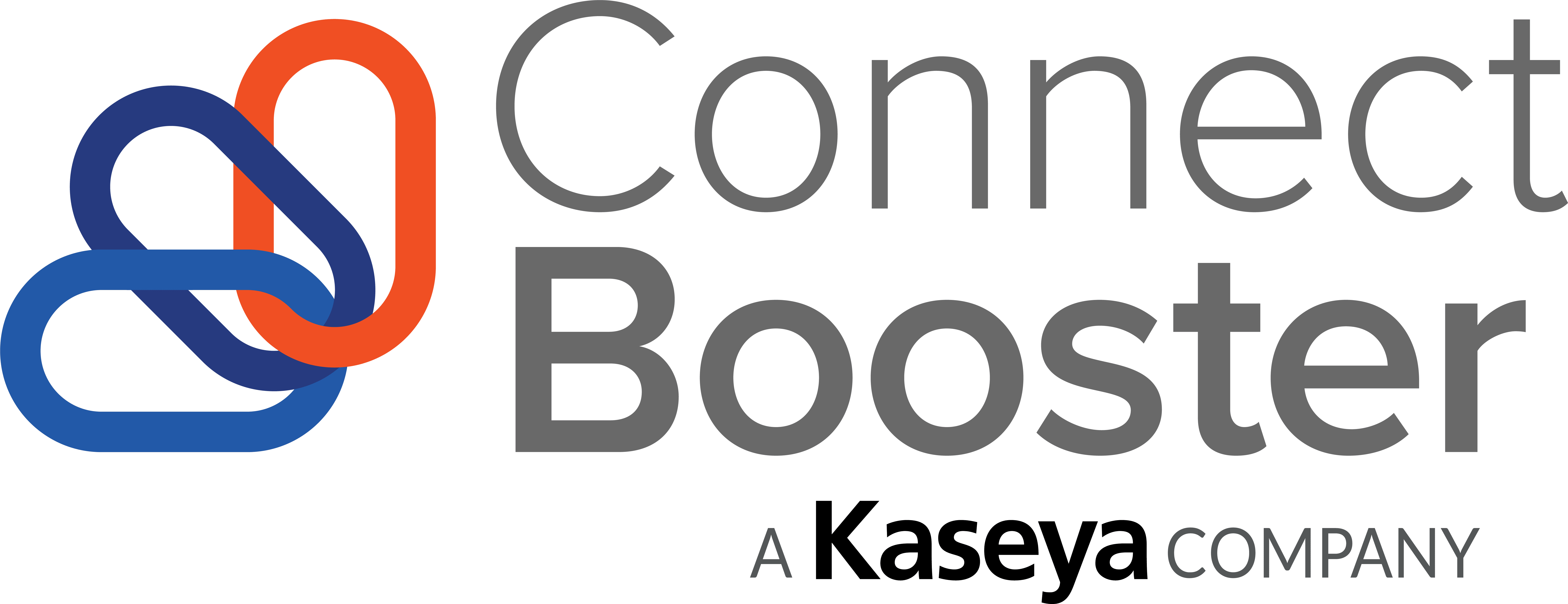Welcome back to our Financial Fridays series, where we delve into finance-related topics to help managed service providers (MSPs) master financial literacy. This week, we examine the best practices and solutions for MSPs navigating the challenges of financial management.
From cash flow forecasting to strategic investment, the financial health of an MSP significantly influences its ability to adapt, innovate and thrive. This blog post delves into common financial challenges MSPs face and outlines practical solutions, underpinned by key performance indicators (KPIs), to navigate these hurdles effectively. Let’s dive in.
The intersection of financial challenges and metrics
MSPs operate in a dynamic environment where financial management requires balancing revenue generation, cost optimization and strategic investments. Challenges like erratic cash flow, client dependence and managing the delicate balance between investing in growth and ensuring profitability are all too common. However, these hurdles are not insurmountable.
Key performance indicators (KPIs) such as revenue trends, profit margins, COGS and cash flow forecasting are invaluable tools in an MSP’s arsenal. They offer deep insights into financial health and operational efficiency, guiding strategic planning and decision-making processes.
Let’s break down some top financial KPIs to demonstrate how they are fundamental to achieving a stable and profitable MSP business:
- Revenue recognition: Revenue, particularly recurring revenue, is a great indicator of your MSP’s financial stability and can often help forecast growth. Analyzing revenue trends helps in strategic planning and resource allocation, fostering an environment for proactive adjustments in service offerings.
- Margin analysis: Understanding margins, from gross to net, is vital. It reflects on the MSP’s operational efficiency and profitability, guiding pricing strategies and cost management, ensuring the MSP remains competitive while maintaining healthy profit margins.
- Cost of goods and services sold (COGS): Keeping a tight rein on COGS, including direct labor and overhead expenses, is essential for maintaining service profitability. This necessitates a keen focus on operational efficiency and the optimization of resource allocation.
- Cash flow forecasting: Incorporating KPIs such as accounts receivable turnover and operating cash flow margin into cash flow forecasting models offers insights into the MSP’s liquidity. This aids in making informed decisions regarding investments, expansions, and emergency fund allocations.
Best practices for financial management in MSPs
With challenges ranging from maintaining consistent cash flow to adapting to market demands, MSPs require a robust strategy to navigate financial complexities. Below are best practices designed to strengthen your MSP’s financial health, enhance profitability and secure a competitive edge.
- Leverage technology: Automate billing and invoicing processes to reduce errors and improve cash flow. Use financial management software to get real-time visibility into your financial health.
- Diversify revenue streams: Reduce dependency on a few large clients by expanding your service offerings and client base, thus spreading risk and enhancing revenue stability.
- Optimize service delivery: Continually assess and improve operational efficiency to lower COGS without compromising service quality. This includes leveraging automation for routine tasks and focusing on high-margin services.
- Strategic planning: Use KPIs to inform your strategic planning process. This involves setting realistic financial goals, planning for investments in technology and talent, and preparing for market shifts.
- Client portfolio management: Regularly review your client portfolio to ensure a healthy mix of high-value and reliable clients. Focus on nurturing relationships that offer growth potential and favorable payment terms.
Forecasting near-term and long-term cash flow
Effective cash flow management is a critical component of an MSP’s financial strategy. The ability to accurately forecast both near-term and long-term cash flow allows MSPs to plan for future expenditures, investments and potential financial challenges. By incorporating predictive analytics and scenario planning, MSPs can assess the potential impact of various business decisions and market conditions on their cash flow, empowering them to make informed decisions that support sustainable growth and operational stability.
Incorporating predictive analytics
Predictive analytics involves using historical data and statistical algorithms to forecast future events. MSPs can leverage this approach by analyzing past financial data, client payment behaviors and seasonal business fluctuations to predict future cash flow trends. This data-driven approach can help identify patterns or trends that may not be immediately apparent, allowing MSPs to anticipate changes in cash flow before they occur.
To effectively use predictive analytics for cash flow forecasting, MSPs should:
- Collect and analyze historical data: Gather comprehensive financial data, including income, expenses, accounts receivable and accounts payable, across multiple periods.
- Utilize forecasting software: Implement financial forecasting software that incorporates predictive analytics, making it easier to analyze large datasets and generate accurate forecasts.
- Monitor regularly: Continuously monitor actual cash flow against forecasts to refine predictive models and improve accuracy over time.
Implementing scenario planning
Scenario planning involves creating and analyzing various possible scenarios that could affect the MSP’s cash flow. This process helps MSPs prepare for a range of outcomes, from best-case to worst-case scenarios, including changes in market demand, loss of major clients or unexpected expenses.
To use scenario planning effectively for cash flow management, MSPs should:
- Identify key variables: Determine which factors have the most significant impact on cash flow, such as client acquisition rates, service pricing changes or operational costs.
- Develop scenarios: Create realistic scenarios based on different combinations of these variables, considering both internal and external factors that could influence the business.
- Plan for each scenario: Develop action plans for each scenario, including steps to mitigate risks or capitalize on opportunities. This may involve adjusting budget allocations, exploring new revenue streams or implementing cost-saving measures.
Conclusion
Navigating the financial landscape requires a balanced approach, blending informed decision-making with strategic best practices. By understanding and leveraging key metrics, MSPs can overcome common financial challenges, paving the way for long-term success and stability. Integrating predictive analytics with scenario planning further empowers MSPs to anticipate and prepare for future financial scenarios, enhancing financial resilience and growth.
By adopting these forward-looking approaches, MSPs can navigate the complexities of financial management with greater confidence, ensuring they are well-prepared to meet their financial obligations, invest in new opportunities and achieve long-term success.
To explore how ConnectBooster can streamline your MSP’s financial management processes, enhancing efficiency and profitability, click here to learn more.

